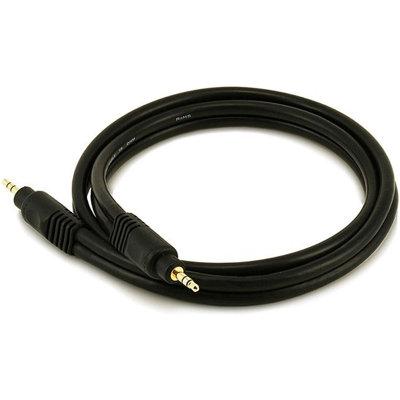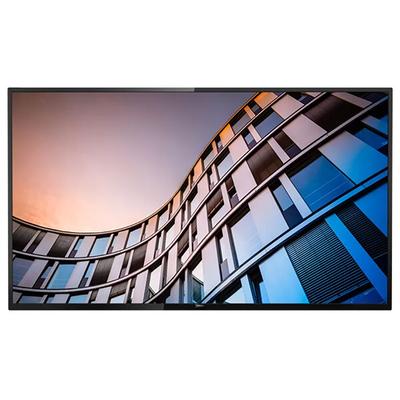Planting zones – What they don’t tell

While plant zones and heat zones are extremely helpful, they do not cover everything you need to know about plantation. There are many other weather and climatic effects that can determine how well a plant will grow, this includes humidity, rainfall and wind. The growing zone maps that were compiled were based on average temperatures, hence they don’t account for unusual weather patterns, and sudden climatic changes such as temperatures hitting -10 degrees Celsius on a Halloween night with no previous frosts or wintry climate for that matter. The hardiness zone maps are neither an assurance that the winter temperatures will never be colder than what is stated on the map. Other factors that cannot be included on a large national map are the effects of soil and soil fertility. Also, the health of your plants in general cannot be predicted alone through a growing zone map.
Planting Zone maps also don’t tell us about micro-climates. Micro-climates are nothing but small areas with different weather. A good example of a micro-climate is a mountain. The largest micro-climate would be the whole mountain. Micro-climate of a mountain have different weather based on its elevation, but smaller micro-climates are the north and south sides of the mountain. Factors such as wind-sheltered pockets on the south side or areas beside a mountain stream are also independent of the planting zone map. A very small micro-climate might be the north side of a house or a south-facing brick wall. Several micro-climates can exist in one place, with one adding to or canceling out the effect of another, hence these factors are also independent of the planting zone maps.
So know if you have a micro-climate where you live, Take your own temperature readings around your yard. The best indications are the plants you grow. Use your plants as a guide, if certain plants that are supposed to be hardy to your zone continue to die in your yard, you may have a cold pocket. Or if you’re growing a Zone 8 plant in Zone 7, you may have a warm pocket. So it is advisable that you consider these factors even while relying on planting zones as they (together with planting zones) will give you a better insight on growing a particular plant in that particular region.
Recent Articles
Recent Questions
What kind of life insurance builds cash value?
The rest of the premium payment will go toward your policy's cash value. The life insurance company generally invests this money in a conservative-yield investment. As you continue to pay premiums on the policy and earn more interest, the cash value grows over the years.
What is meant by insurance plans?
An insurance plan is the one that consists of a premium amount and other components used in getting a product insured. There may be various types of insurance plans with varying terms and policies.
What are the common components of insurance?
The most important components of most insurance plans are the premium and the contract. Anything written in the contract becomes its crucial component.
What are the various types of insurance policies?
There are various kinds on insurance policies that are available on various assets. Auto, health, commercial vehicle, and travel insurance are some of the popular types of insurance policies.








